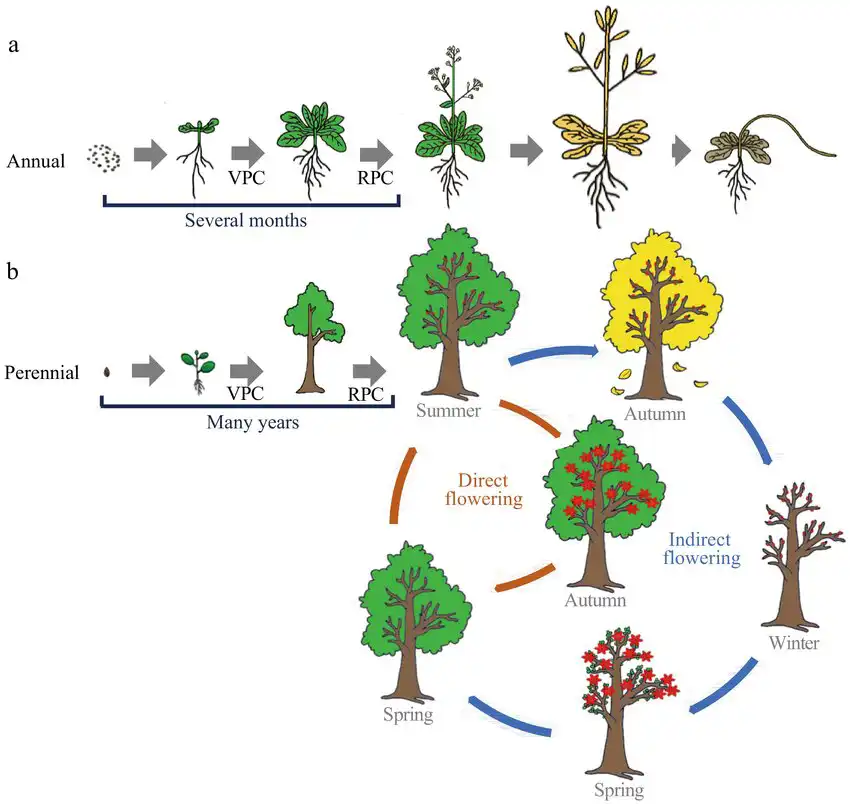Every growing season presents pivotal moments that can make or break your harvest. If you overlook the importance of nutrient management during these critical points, you risk stunting growth, reducing yields, and ultimately jeopardising your entire crop.
Timing is everything — don’t let the opportunity slip away.
Optimise your nutrient strategies now, or face the consequences when it’s too late!…..
Nutrient Management at Critical Points of Influence (CPI)
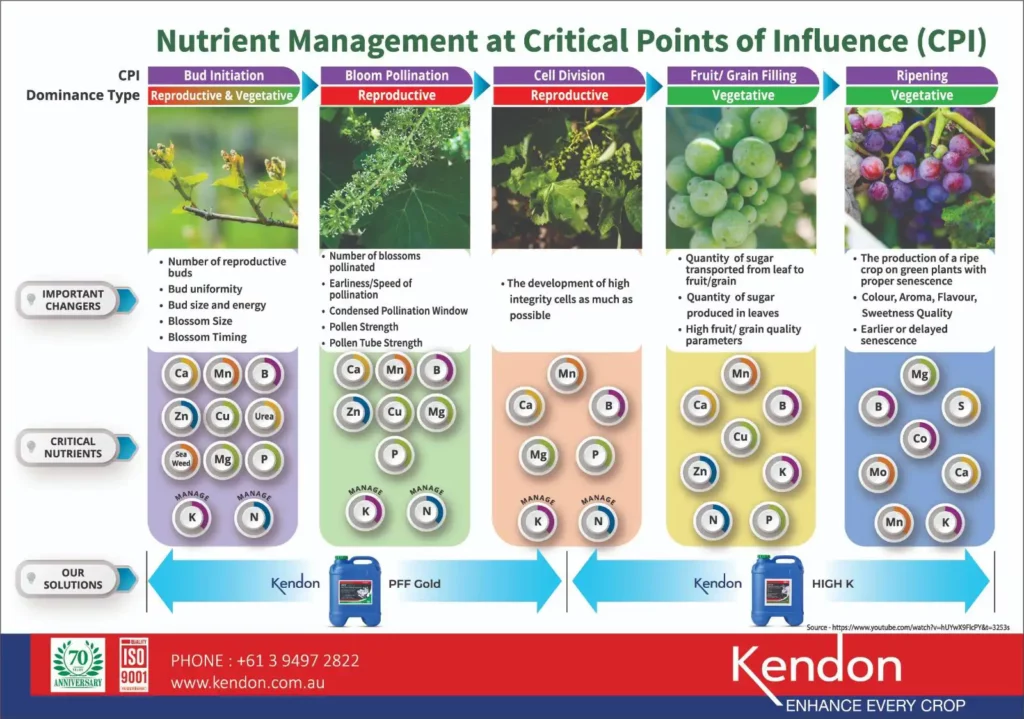
Unlock the full Genetic Potential of your crop by identifying Critical Points of Influence (CPI). Every crop experiences cycles where either vegetative or reproductive energy takes precedence, though the timing and duration of these stages can vary between different crops. For instance, crops like grapes, tomatoes and cucumbers may have extended blossom and pollination periods, whereas tree crops typically have more condensed blossom and pollination phases.
Despite these differences, the physiological processes are consistent across all fruit-bearing plants. At these crucial points in the growth cycle, precise nutrient and hormone management is vital for optimising yields and ensuring a high quality harvest.
Here’s what you need to know about managing these factors at the optimum time to enhance your crop’s performance.
1. Understanding Plant Growth Cycles
Plants are either annual or perennial, grow in distinct cycles of vegetative and reproductive dominance.
During the vegetative stage, plants emphasise the development of their shoot systems – stems, leaves, and branches necessary for optimal nutrient uptake and support.
Conversely, during the reproductive stage, the focus shifts to developing flowers, fruits, and seeds.
Proper nutrient management at these critical points is essential for maximising plant health and yield.
2. The Role of Hormones in Growth Cycles
Critical Points of Influence (CPI) occur when hormonal balances shift between reproductive and vegetative dominance. Two primary hormones play significant roles in these processes:
- Auxin: Produced in the apical meristem, auxin is central to vegetative dominance. It promotes the growth of shoots and suppresses lateral bud development, leading to a strong and vigorous shoot system. Plants with high vegetative dominance benefit from a nutrient regime that supports shoot development, including adequate Nitrogen, Phosphorus, and Potassium, which are vital for overall growth and leaf production.
- Cytokinin: This hormone, primarily produced in the roots, drives reproductive dominance. Cytokinin travels upwards to stimulate cell division and growth in the shoots, enhancing flower and fruit development. To support reproductive stages, ensure your plants receive balanced nutrients, with an emphasis on Calcium, which are crucial for the reproductive stages of flower and fruit formation.
3. CPI for Optimal Flowering and Fruiting
Effective nutrient management during the flowering and fruiting stages is essential for maximising crop potential. Key phases, such as Bud Initiation, Bloom Pollination, Cell Division, Fruit/Grain Filling, and Ripening, are particularly critical for nutrient influence. According to the webinar by John Kempf at Advancing Eco Agriculture, managing nutrients at these pivotal points can significantly impact important changes in crop development.
• Bud Initiation
During the bud initiation stage, effective nutrient management plays a crucial role in shaping the future of your crop.
Proper nutrient application enhances the number and uniformity of reproductive buds, setting the foundation for a robust flowering phase. It also boosts bud size and energy, which translates into larger, more vigorous blossoms and ultimately contributes to a more successful fruit set.
Additionally, careful management of nutrients can help synchronise the timing of flowering, leading to a more uniform and improved yield. This early stage is vital for establishing the potential for a fruitful harvest, making precise nutrient support essential.
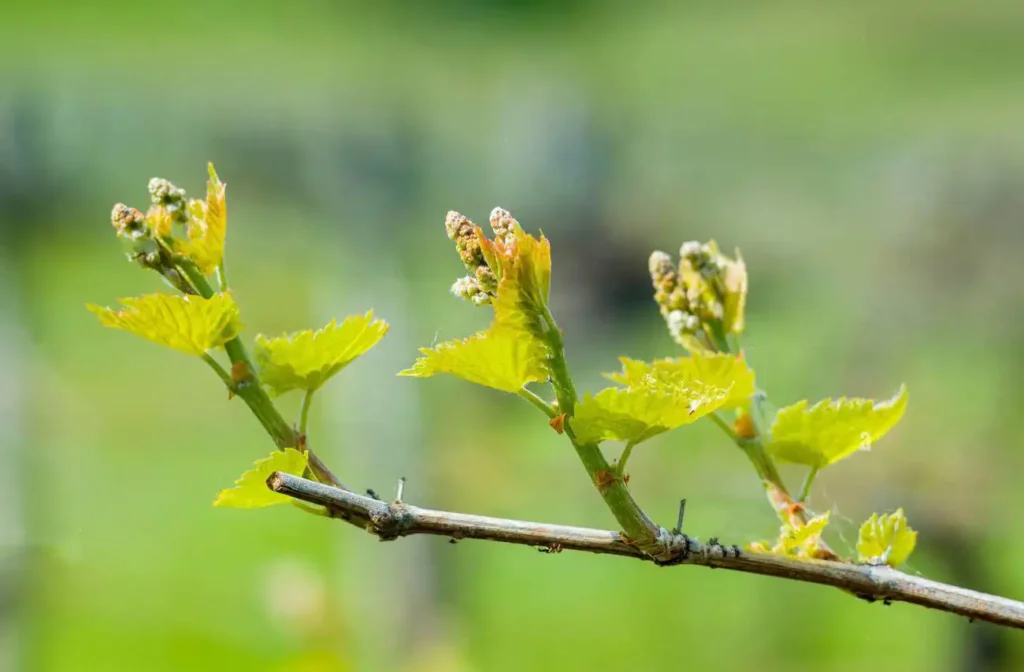
• Bloom Pollination
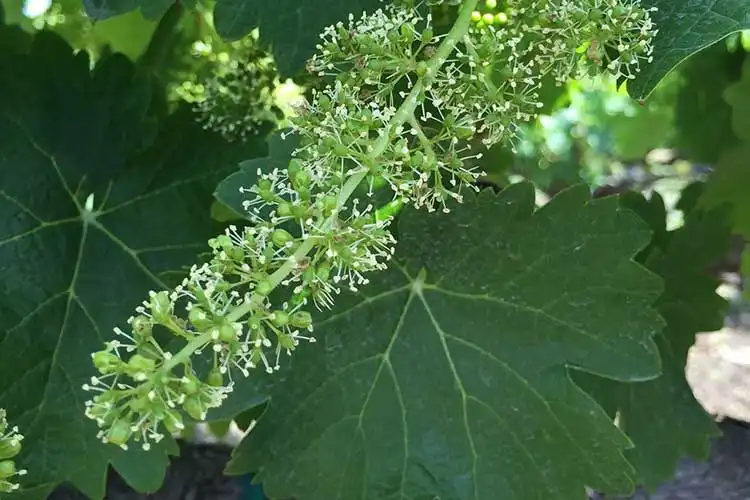
Proper nutrient application during this stage, enhances pollination efficiency by increasing the number of blossoms that are successfully pollinated and speeding up the overall process.
This approach also ensures a condensed pollination window, allowing for a more effective and concentrated period of pollination. Additionally, it improves pollen quality, including both pollen strength and pollen tube strength, which are essential for successful fertilisation.
For optimal results, apply foliar nutrients about two weeks before blooming for most crops, or during bud break for tree crops. This timely intervention supports robust flowering and increases the likelihood of effective pollination, setting the stage for a high-quality harvest.
• Cell Division
Cell division is a pivotal stage in the reproductive dominance of plants, occurring shortly after blossoming and pollination, typically 10-14 days later. This process is essential for the development of larger and heavier fruits or grains, as it determines the final size and weight of the harvest.
Effective nutrient management during this period focuses on promoting the division and growth of high-integrity cells, which are crucial for achieving a robust yield. By supporting the development of as many healthy ,strong cells as possible, you enhance the overall quality and quantity of the fruit or grain, making this stage critical for optimising the final harvest.
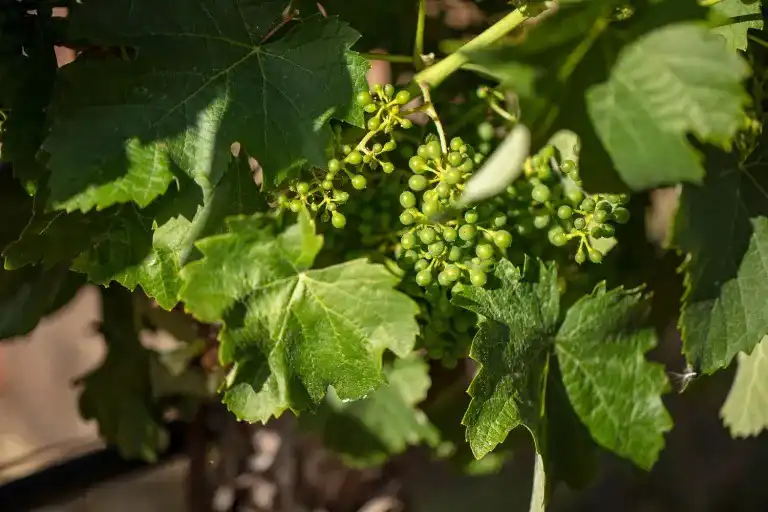
• Fruit/Grain Filling
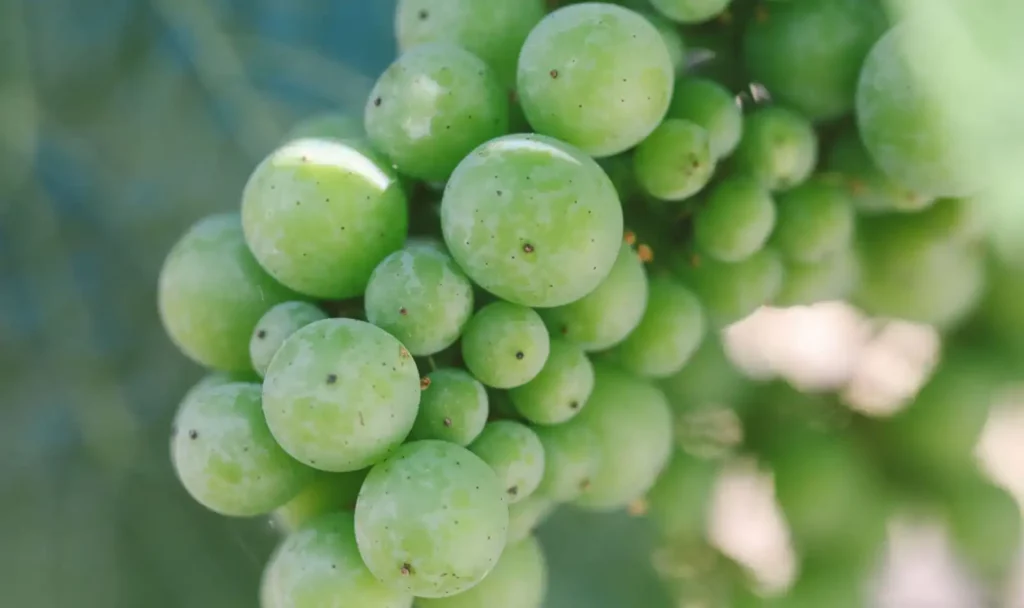
The fruit or grain filling stage is critical for determining the final quality and quantity of the harvest. During this phase, cell expansion occurs, significantly impacting the size and weight of the fruit or grain.
The quality of the harvest hinges on this stage, as it is influenced by the amount of sugar transported from the leaves to the developing fruit or grain and the quantity of sugar produced in the leaves.
Proper nutrient management ensures that both sugar transport and production are optimised, leading to high-quality fruit or grain with desirable parameters such as sweetness, flavour, and texture. By supporting these processes effectively, you can achieve superior harvest outcomes.
• Ripening
Ripening marks a key phase in the fruiting stage, transitioning from a period of vegetative dominance. This stage is closely linked to fruit filling, as the processes of maturation and ripening go hand-in-hand.
As ripening progresses, many plants begin senescence, which is the natural aging process that prepares the crop for harvest. Proper management ensures that green plants produce ripe, high-quality crops while managing senescence effectively.
During ripening, crucial quality attributes such as colour, aroma, flavour, and sweetness develop.
Timing is critical, as either early or delayed senescence can impact these quality parameters and the overall success of the harvest. By carefully managing nutrient support during this period, you can achieve optimal ripeness and quality for your crops.
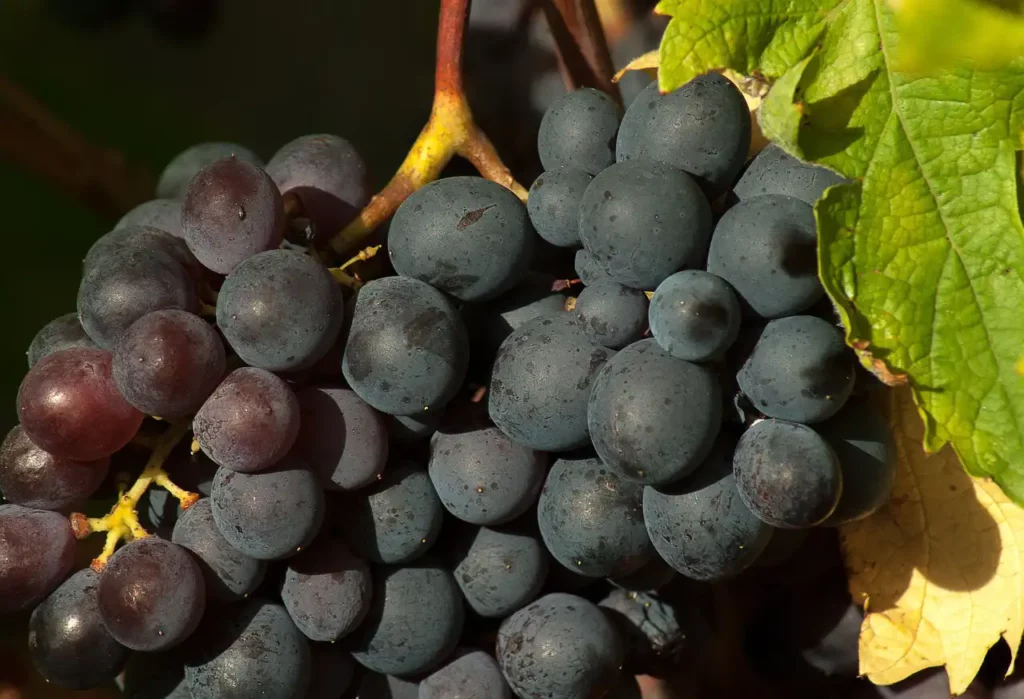
Timely and precise nutrient management during these critical stages is essential for achieving the highest possible yield and quality for your crops.
At Kendon, we provide a range of nutrient solutions to make fertilising simple, tailored to support each growth phase effectively. Kendon PFF Gold is a proven fertiliser which has been developed for use from bud initiation to mid cell division. Kendon High K will fulfill the balance of critical nutrient requirements in the latter part of growth from mid cell division, fruit filling to ripening and harvesting.
NB: – Kendon High K should be used post-harvest/ pre senescence to maximise the bud numbers in the following year: Hence increased yields.
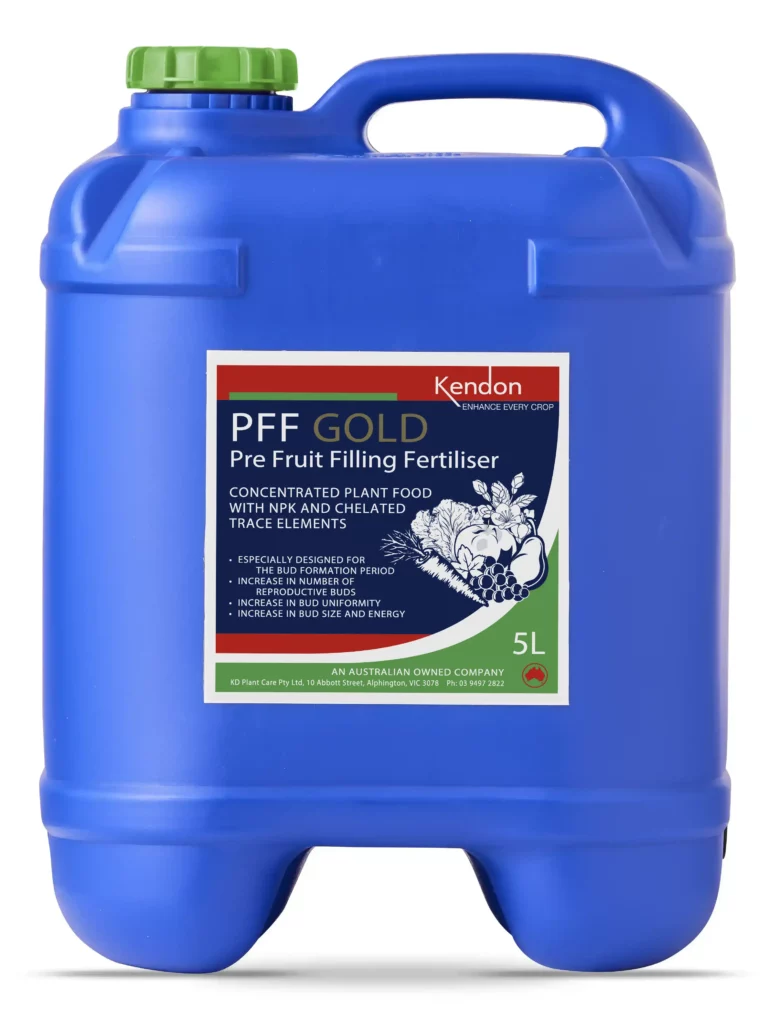
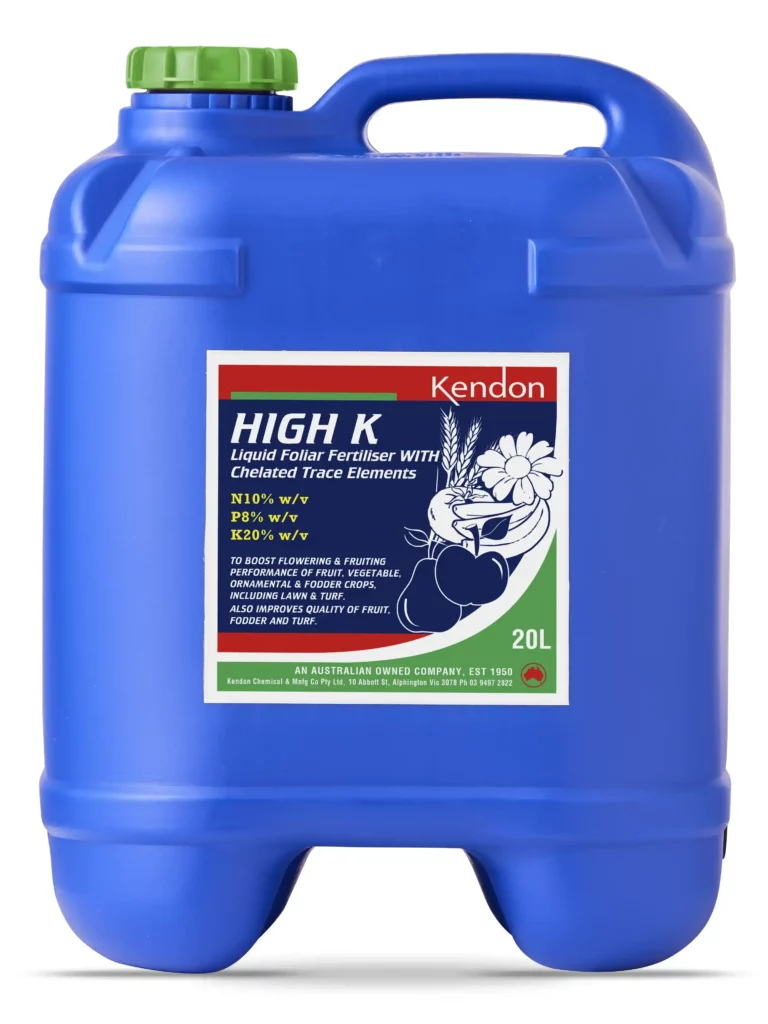
To help you navigate these stages effectively, we will be sharing a series of newsletters detailing the critical points of influence and the essential nutrients required for each stage. Keep an eye out for expert insights and practical tips to optimise your crop performance and ensure a bountiful harvest.
Should you require further information, please contact Kendon on (03) 9497 2822
